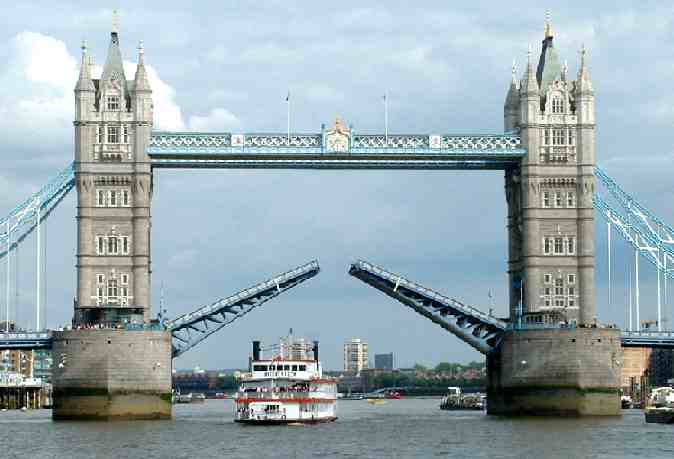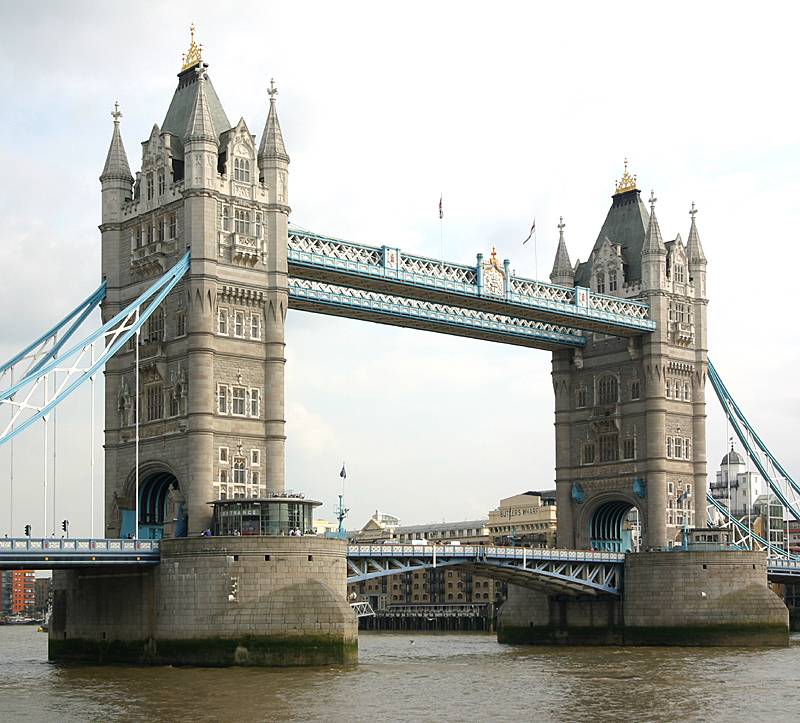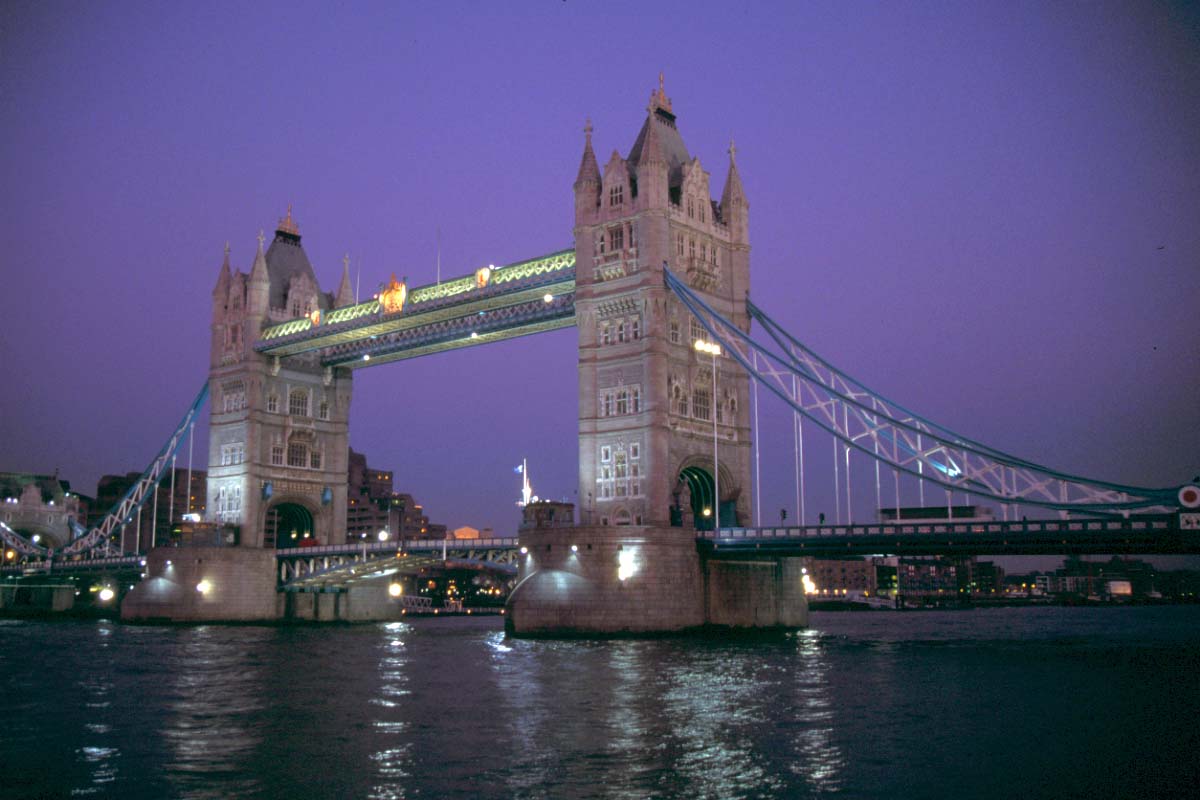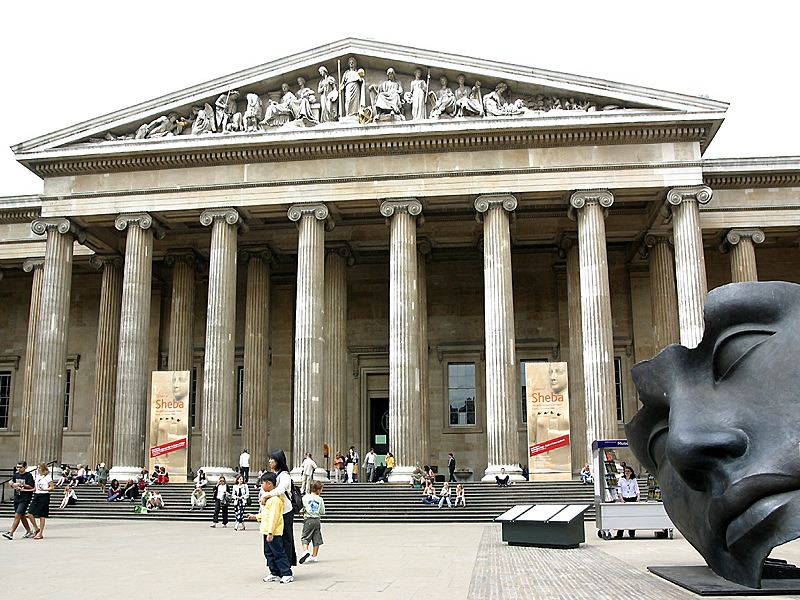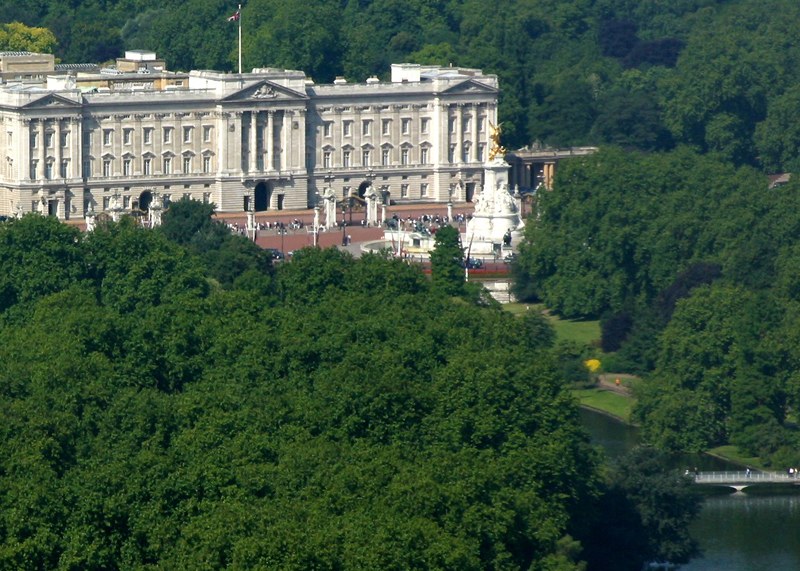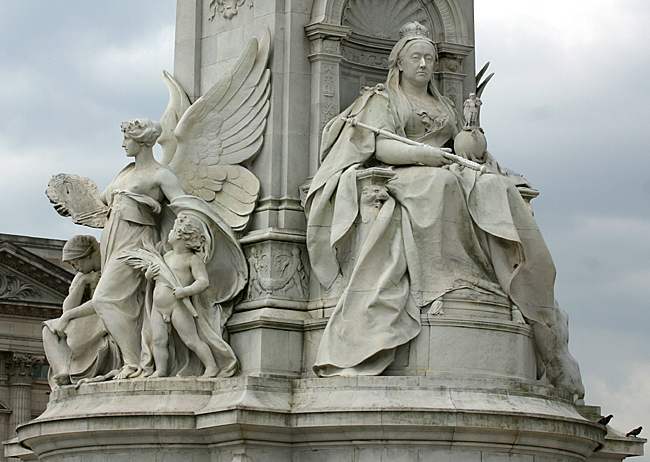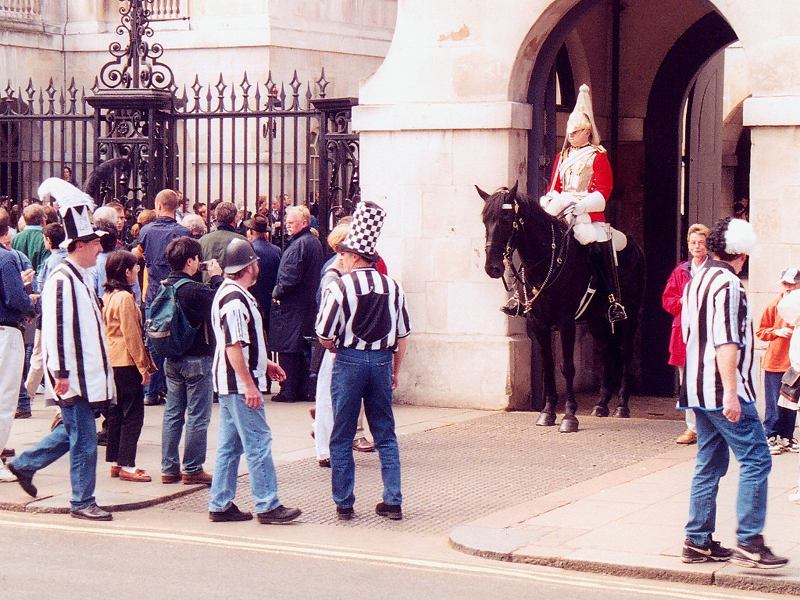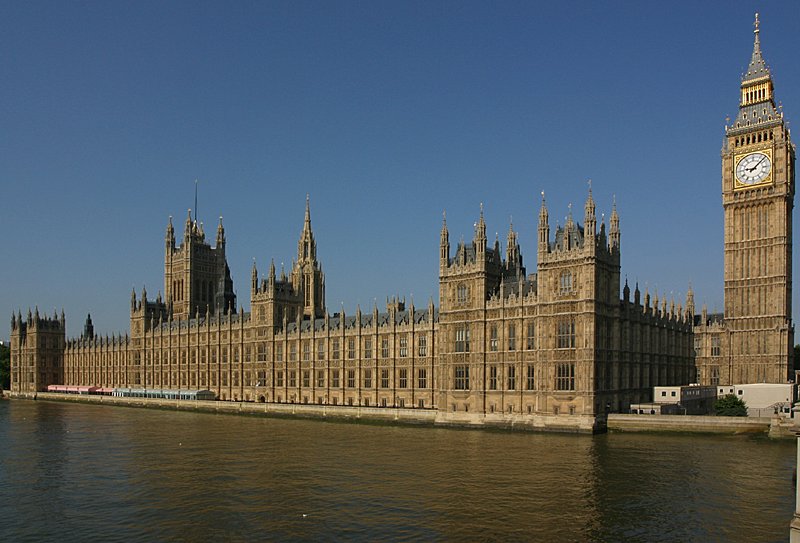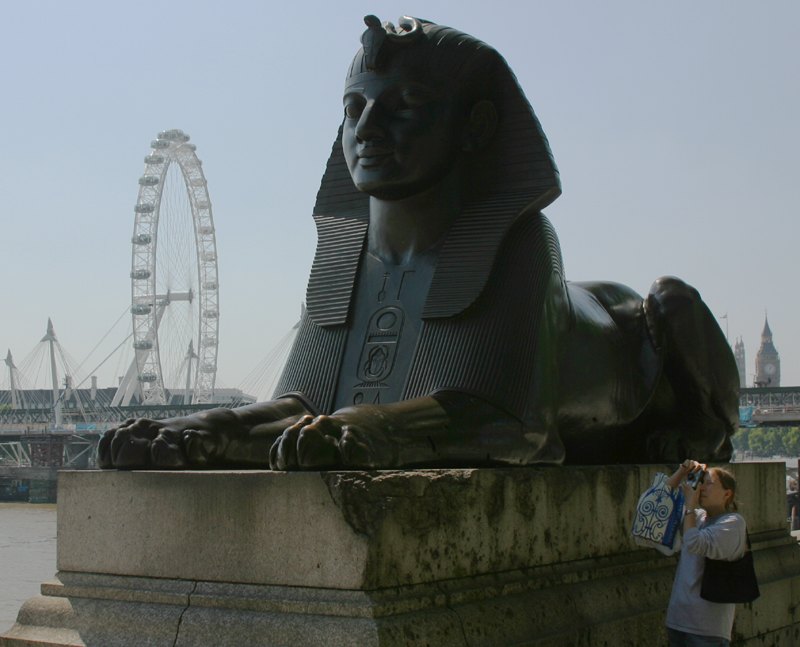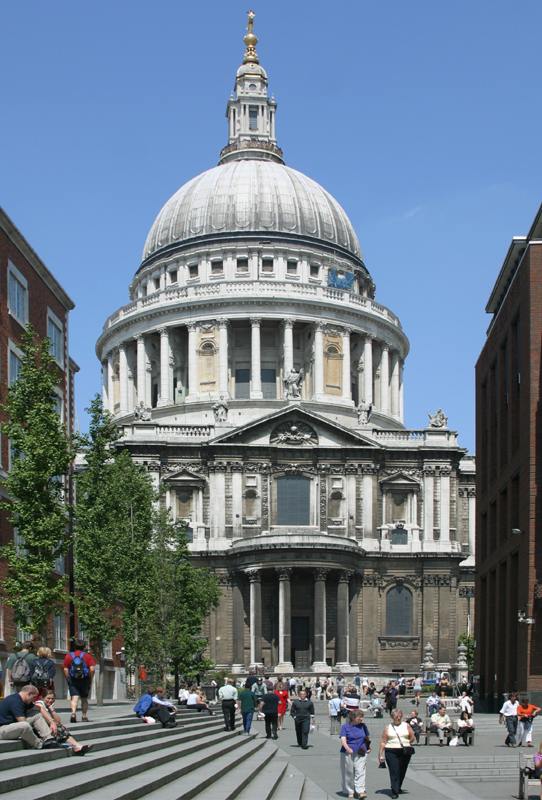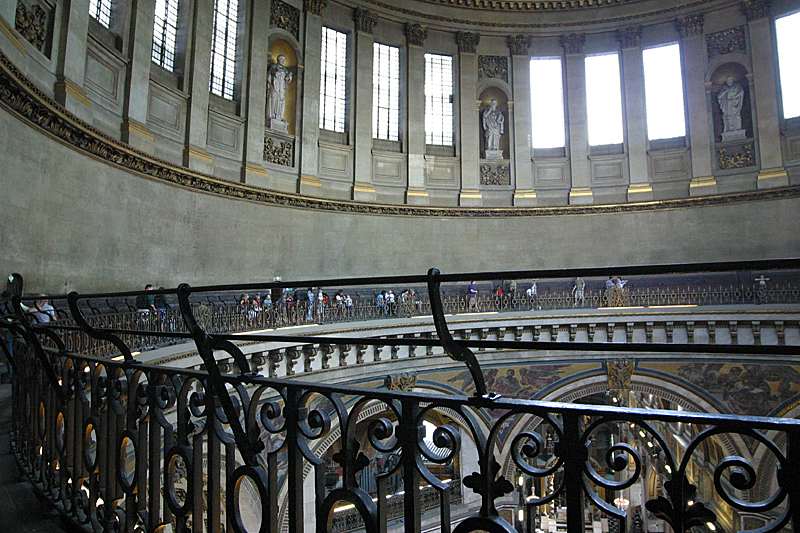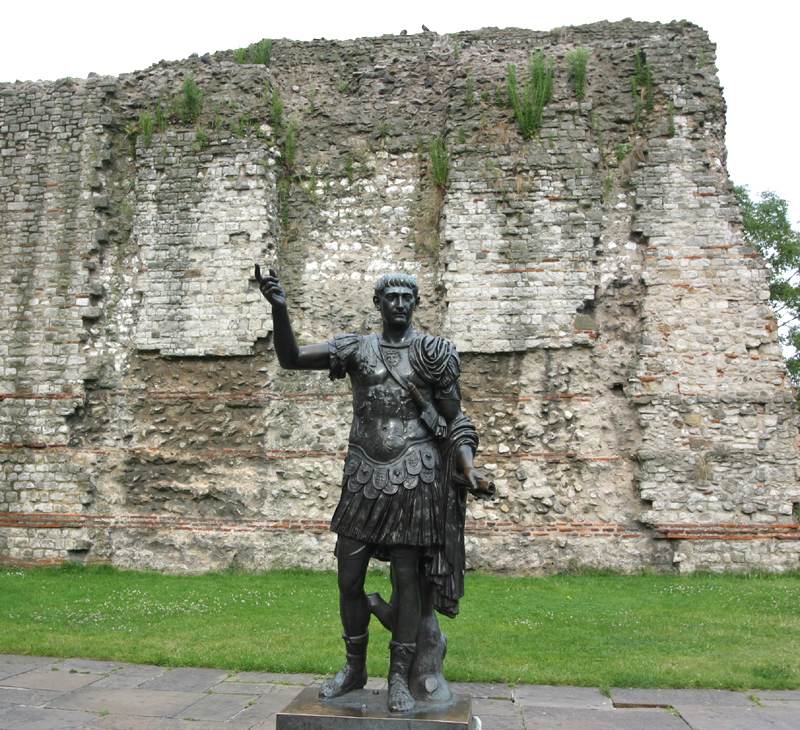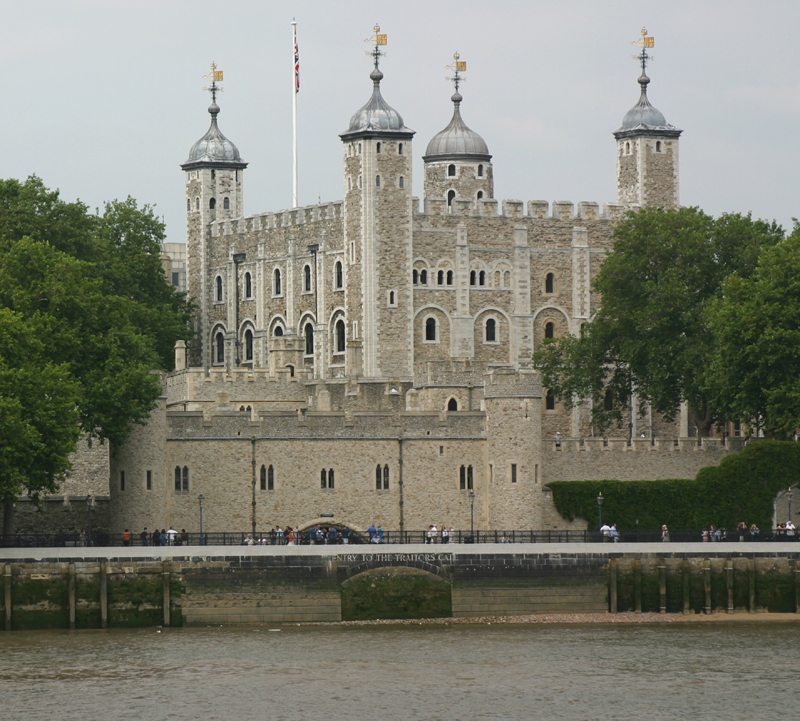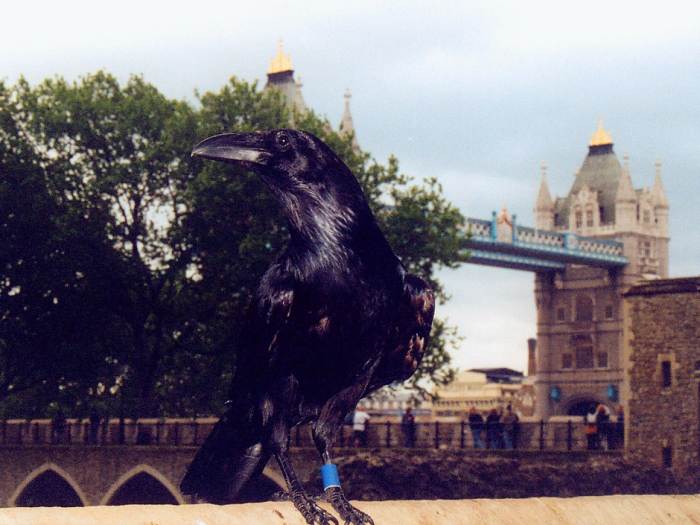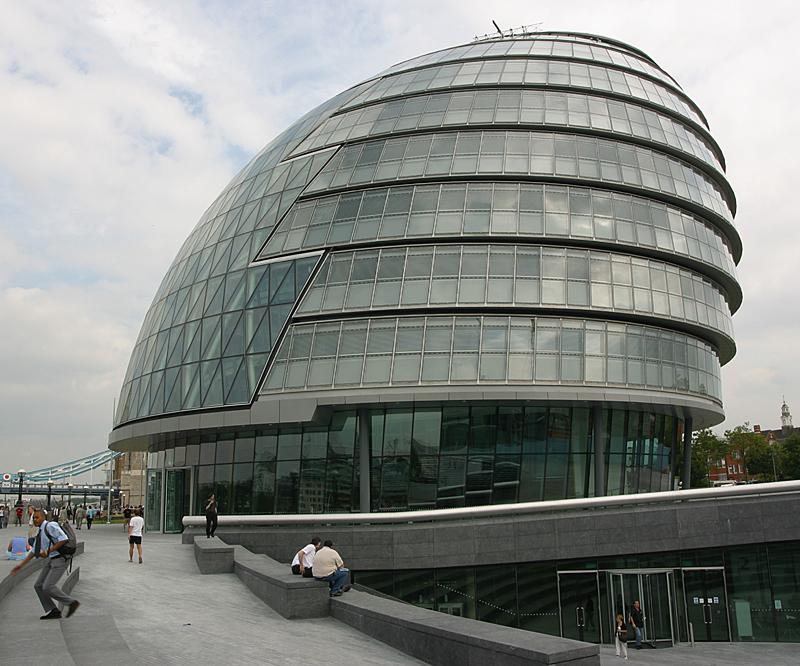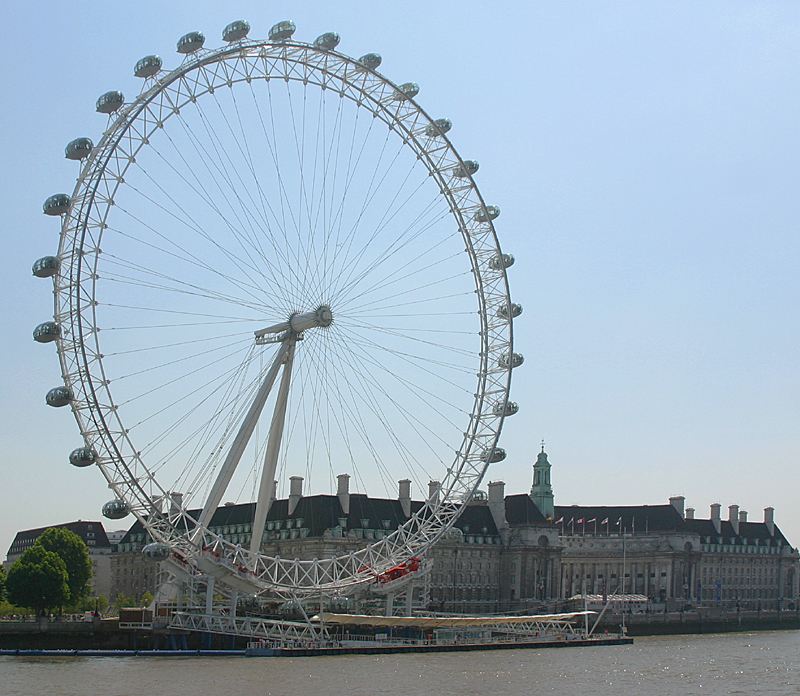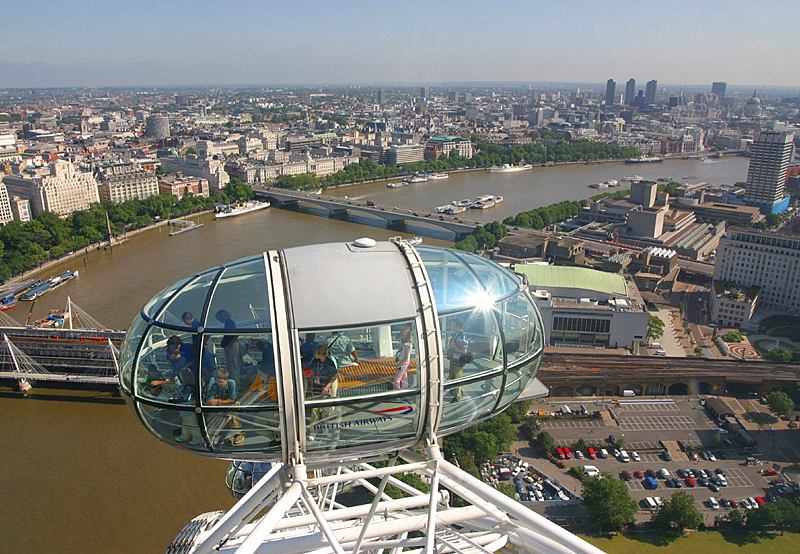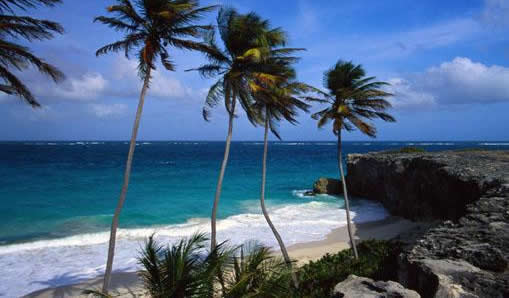Detailed day-by-day weather records are not available for Da Lat, but the temperature in the city is consistent throughout the summer months: lows drop into the upper 50's and highs rarely climb past 78F degrees. This means that Da Lat is often cooler at the hottest point of the day than Saigon gets at the coolest point of the night. Rain is regular and plentiful.
The city is filled with enchanting spots. Three lakes grace the city. Xuan Huong Lake extends directly into the downtown area and is dotted with villas and cafes. Dan Thein Lake and Chien Thang Lake are both just a couple of miles from downtown. Legends about lovers who came to sad ends surround the lakes.

© functoruser
Da Lat has a lot to offer the average site seer. The city has temples and pagodas (some still actively used as monasteries), villas and palaces, plenty of shopping, sidewalk cafes, and ethnic experiences.
Linh Son Pagoda is the oldest active monastery in the city. It is not quite half a mile from the center of Dalat. The pagoda was built in 1938 and has been managed by a series of monks, including Thich Tu Man, who has been at Linh Son since 1964. Linh Son's bronze Buddha was forged in 1952; it weighs about 2700 pounds.
Da Lat's three palaces are referred to simply as Palace 1, Palace 2, and Palace 3. The palaces were all completed by the French, but only Palace 3 was a royal home. It was owned by the last emperor of the Nguyen Dynasty, Bao Dai. You can find it on Le Hong Phong Road, about a quarter of a mile southwest of Da Lat's central district. The palace is open to the public. Bao Dai was Vietnam's playboy emperor who disappeared into exile in France and Monaco after WWII. His family's living quarters are still decorated in yellow. Photographs of the emperor and his family still hang on the walls.












